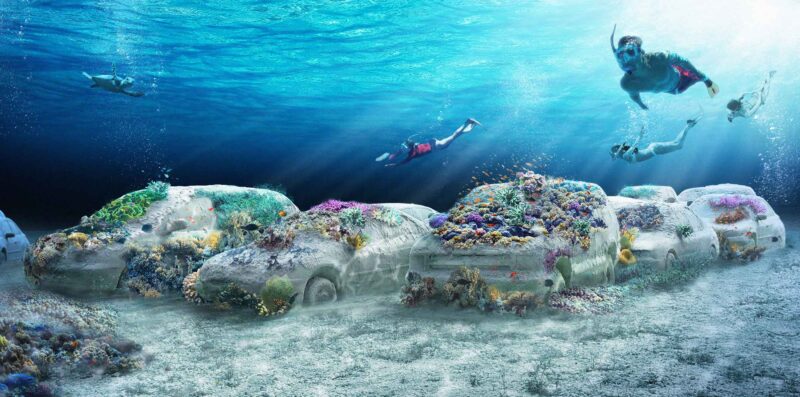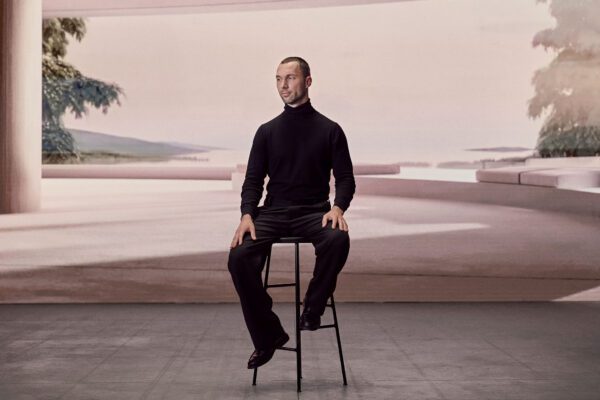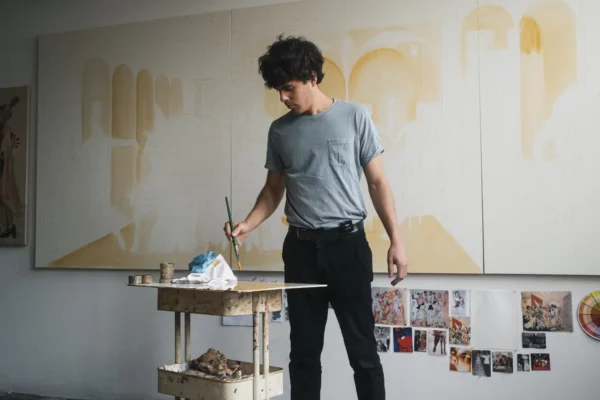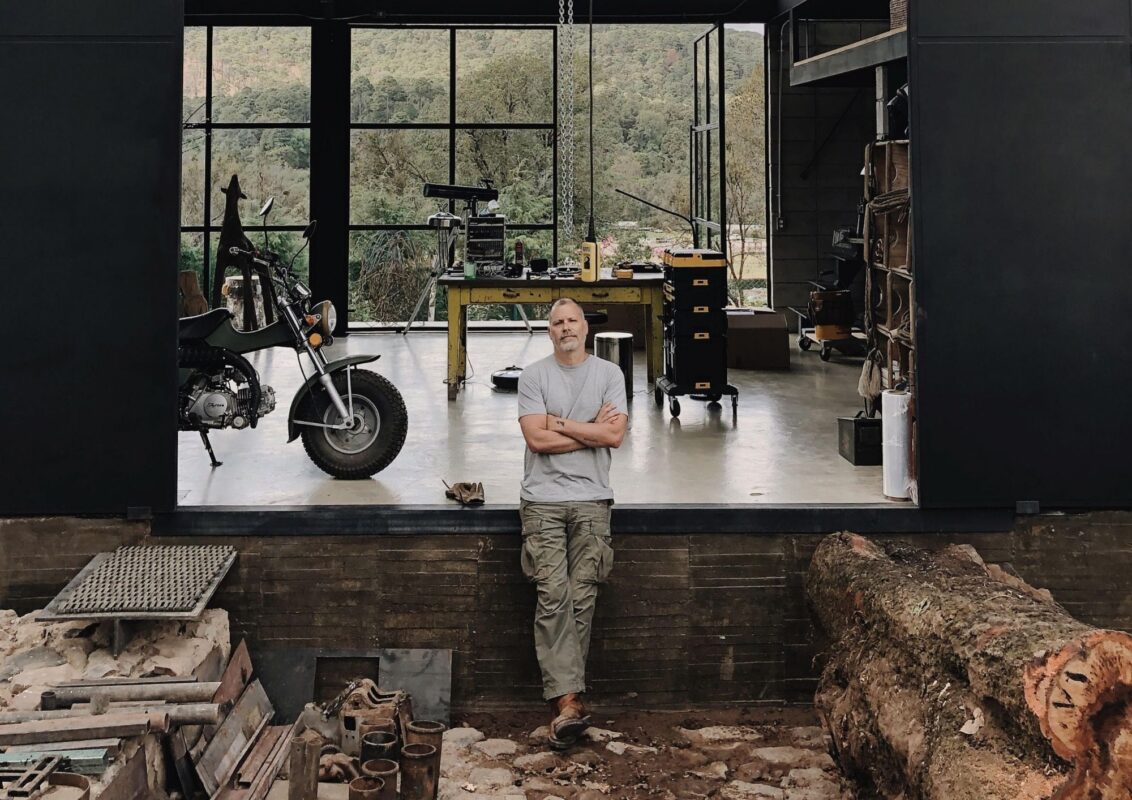
COFFEE WITH
ALDO CHAPARRO: “ALL MY ENERGY IS FOCUSED ON CREATING THE GREATEST AMOUNT OF PUBLIC WORK POSSIBLE”
Name: Aldo Chaparro
Profession: Artist
Nationality: Peruvian
Zodiac sign: Sagittarius
Instagram: @aldochaparro
LATINNESS: Aldo, you’re a Peruvian artist based in Mexico. Tell us about what brought you there?
ALDO: I started my studies at the Catholic University of Peru in 1985. When I was close to graduating, there was chaos in Lima: we had the Sendero Luminoso and the Túpac Amaru Revolutionary Movement, terrorist groups that had taken over the city. At that time, you could hear bombs on the street. When they didn’t blow up a light tower –and we were left without it– the water would go out. In other words, bathing and watching TV simultaneously was basically impossible.
It was a very strange time. Imagine what it was like creating art in that context. Same as now, right? You wonder what contribution art should make to the world in situations like these. The answer, at that time and in my city, was that you had to create a kind of torn art. A very, very visceral art, which reflected a lot of pain.
From the beginning, more intuitively than out of knowledge, I realized that talking about pain through pain did not work for me. My proposal, as I understood it at that moment until today, was to contribute the opposite. The risk, however, is that you’re accused of being superficial, of little conscience, that you’re evading, but I don’t think that was the case. In fact, it was a way of fighting death, which was the atmosphere that surrounded us in those years.
I finished my career along with others in my generation. Today our generation is spread across the planet- you lift a stone and out jumps a Peruvian. Everyone left. Some of my friends went to London, others to New York. So, I started traveling and looking for a place to settle and build a platform for my work. That’s how I arrived in Mexico, and I knew it was the perfect place for me.
I knew beforehand that I wasn’t going to feel comfortable if I went to London with my friends, who had to transform their Latin American identity to adapt and join the million people around the world fighting for a place. Not me. I’ve never considered myself competitive, so I understood that I wasn’t going to have a chance in that type of context. However, I found Mexico fascinating. It was like Lima on a larger scale. At that time, it felt like they were very similar, until I realized that it’s actually a miracle we speak the same language. It’s the same with Colombia, right? That first image, like you can believe that we’re all identical, but we’re super different.
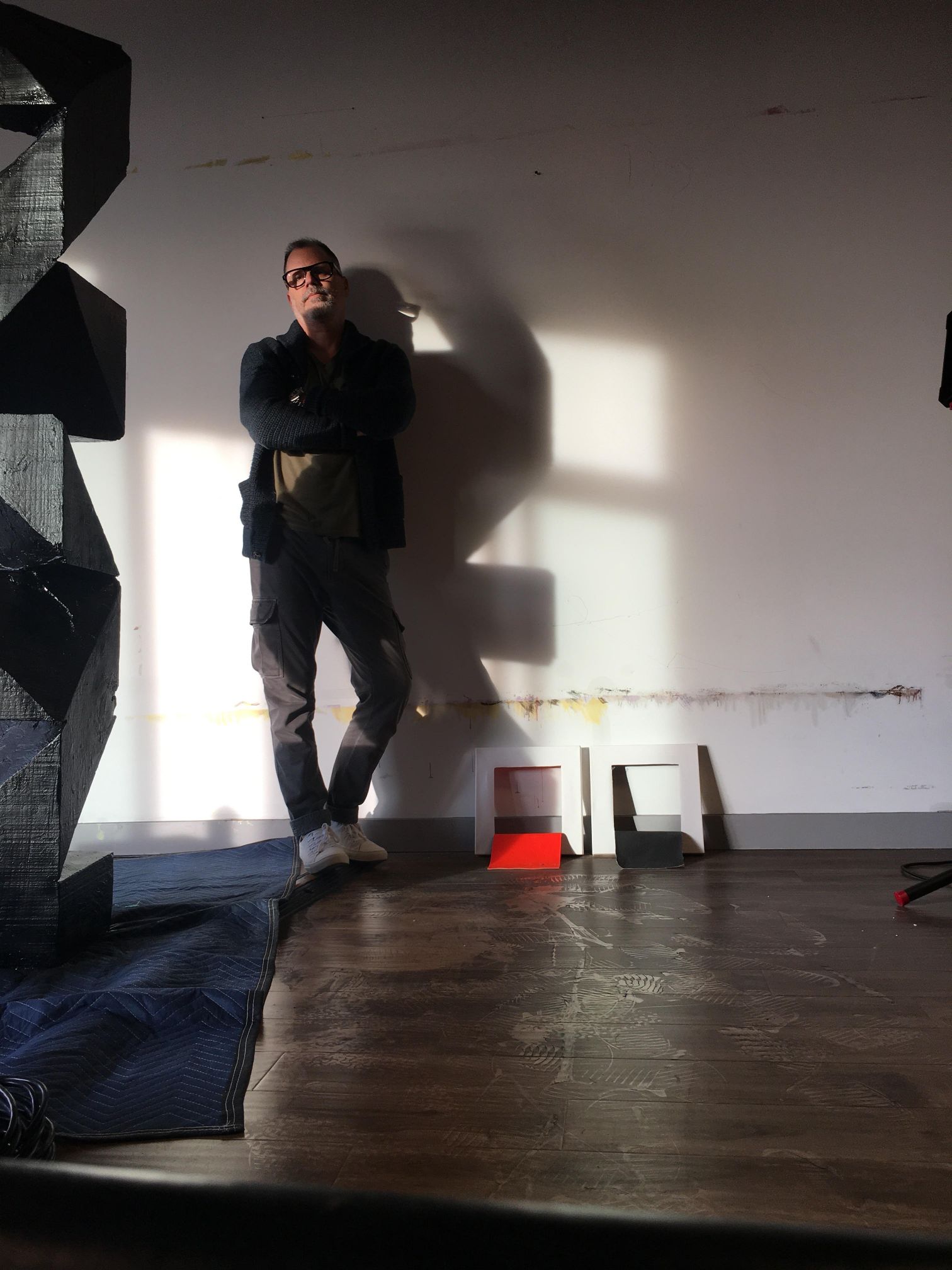

LATINNESS: That’s right, there are countless ways to define that latinness!
ALDO: Besides, I came to Monterrey, and it’s an extraterrestrial city (ha ha ha). Now imagine what it was like in 1991. In those years I was experiencing an art boom, because although many people don’t believe it, there are families in Monterrey that have been supporting culture and art for many years. In other words, all the founding families of the important companies in Monterrey always appreciated art. They just needed to get together, and that’s what happened. All the great collectors, old and new, came together and became sponsors of the Museum of Contemporary Art of Monterrey, MARCO.
They were strange years. The regios are very competitive, so if someone had a two-meter Venegas, the other wanted a six-meter one. Curious things also happened such as a collector coming to an artist’s studio in Guadalajara and buying everything from him. Everything! Drawings, papers, sculptures, whatever there was. They bought without limit.
Many galleries in Mexico City settled in Monterrey to sell. In general, what was offered was the art of the nineties, which was figurative, especially painting with local content. That time was greatly influenced by the exhibition Les Magiciens de la Terre as it was the first time that a contemporary art exhibition included a craftsman; not only the established canon was observed, but also what the other did.
In the exhibition Myth and Magic in America: the Eighties, the selection from Mexico included the work of the painter Julio Galán and the creations of a family of artisans who make alebrijes in Oaxaca. Miguel Cervantes, the curator, did something historic at MARCO.
Monterrey was in effervescence. I remember seeing Bruce Nauman, Schnabel, Susan Rothenberg, Annina Nosei. Monterrey had Julio Galán, who was its star, and he did what he wanted with the royals; you can’t imagine how much fun he had.
They were tremendous years. It was when Generoso Villarreal told me: “Come to a party (one of the museum inauguration parties), but bring your portfolio.” I said: “Generous, how am I going to arrive at the party with a portfolio? Are you crazy?”. He insisted so much that I went and hid the portfolio in a corner at the door. He didn’t forget it though, and after dinner he gathered everyone in the living room and announced: “Let’s see Aldo’s portfolio.”
My sales in Lima didn’t exceed 200 or 300 dollars. I think the most expensive thing I ever sold was 1,000 for a giant piece, but that night I must’ve sold, I don’t know, six or seven. From $ 200, I went up to $4000 immediately, so the decision was crystal clear, right?
LATINNESS: Very clear!
ALDO: That event led me to decide where to open my studio, but what I didn’t know was where I was going to move (laughs). I mean, I said, “this is it” but I had no idea what I was doing. Monterrey was a fictional city: zero violence, there were no robberies or crimes. Nobody ever closed the front door of their house in San Pedro nor did they take the key out of their car. Everyone knew each other, everyone was family. I remember in those years the immigration office was in the hands of a woman who, if she liked you, would give you a visa, and if she didn’t like you, she would deny it. Now it’s a giant building full of people from all over the world.
I spent a lot of time in Monterrey. I got married there, one of my daughters was born there, I had my studio, I taught at the University of Monterrey for about nine years, I opened a gallery and gave life to Celeste, the magazine. Then, in 2000, we moved to Mexico City with Ana, my wife, and María, my little daughter, who was two years old then.
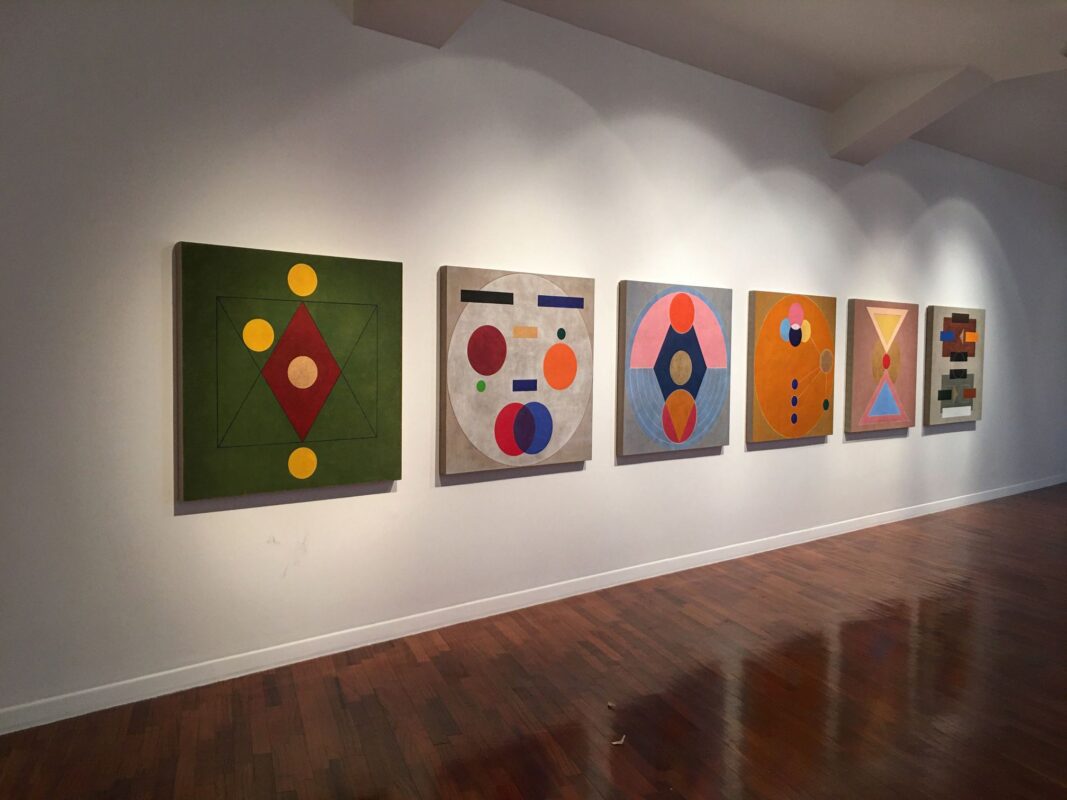
LATINNESS: I actually want to talk about this era in Mexico City because it was when I met you. One of my first weekends in Mexico they invited me to Celeste, the concept store, and you were there. I moved in March and it was during Zona Maco. I wasn’t sure if I’d like living in Mexico, but I loved it from the beginning because, of course, I went to all those parties, all the exhibitions. That was the Mexico I first discovered. You were Zélika García’s teacher and part of that group which created this super cool and artistic city we know today.
ALDO: Zélika García, Mario García Torres, Eduardo López, José García, Benedeta Monteverde and others were my students, and we became a kind of a group. We had exhibitions and we did projects; we were a collective and I had a gallery, but there came a time when we had to leave. The first to travel was Mario, who started working at the Carrillo Gil Museum; he was the one who gave us all the idea of leaving. One day, when we realized it was difficult to sell ads for Celeste, we made the decision to get on a plane and come to Mexico City. And we all traveled.
It was kind of a regia move, and we started doing a lot of things in Mexico City. They were incredible and super creative years. It was the most effervescent era for Celeste because it wasn’t only a magazine, we also hosted parties, events, published books and summoned the entire artistic medium.
At that time there was a fashion magazine, another about architecture, some about design, but there wasn’t a magazine that encompassed all disciplines and served as a bridge. And it worked very well. Celeste lasted almost 14 years. You arrived in 2013?
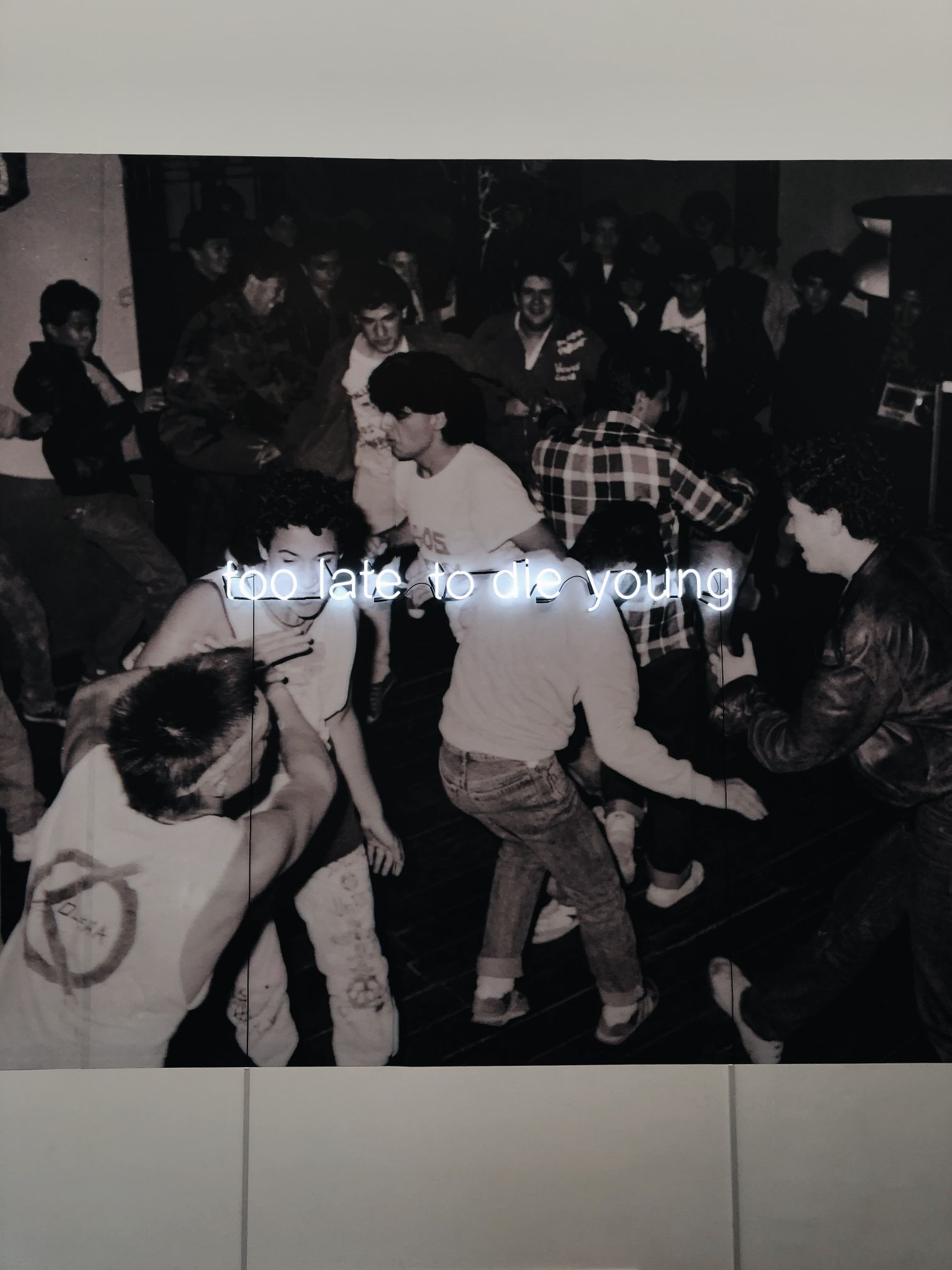
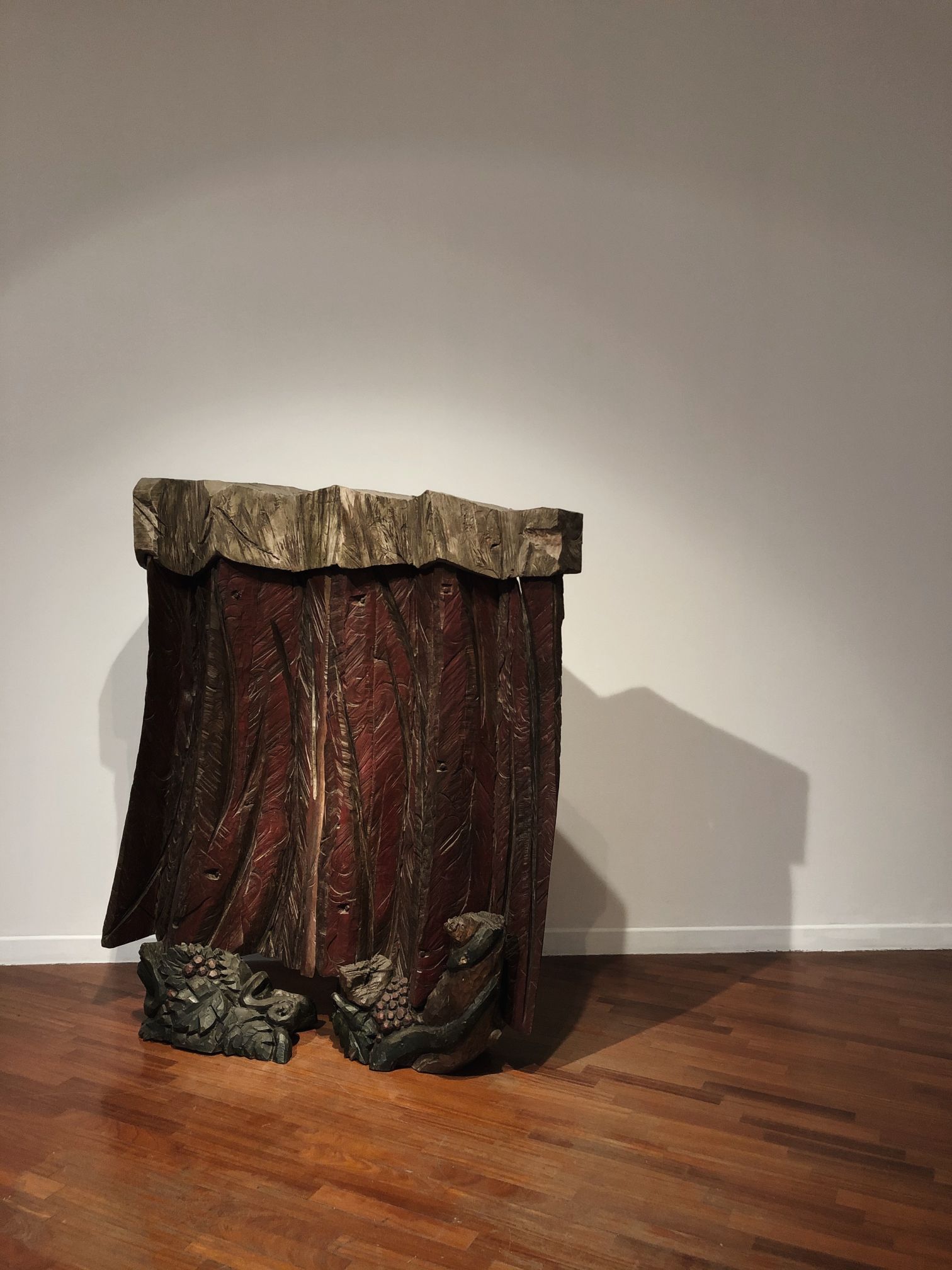
LATINNESS: I arrived in 2011.
ALDO: I was the editor of Celeste for a long time and of many other publications, including a soccer one, and I don’t even know how to kick a ball. In addition, we did Jorge Vergara’s health magazine.
He was our partner, the best in the world, and a super important teacher for me. He was a humanist, a businessman, a visionary, a dreamer. We accomplished his dreams in exchange for his help with publishing Celeste and then BabyBabyBaby, who was like the little sister. But then he married Angelica and she shut down all of his toys, including the partnership with Celeste. So we bought our shares back and kept both.
But by that time I was tired. I had almost completely abandoned my own career. I worked in my studio and produced at a much slower pace. One morning I woke up and said: “This is how far I’ve come, but I can’t anymore”. I went to the office, talked to everyone and told them: “Listen, I’m leaving now.”
At the time, this decision was critical because it meant giving up my salary, which was half of our income, and truthfully, it was pretty good because it allowed us to do a lot of things. I spoke to everyone in my house and made the decision to return to the studio. Of course, it wasn’t like before. I now knew other things: administration, human resources, public relations, content generation, putting up with fools and dealing with accountants, lawyers, etc. So my plan was, on the one hand, to launch a successful project, and on the other, to recover my income.
The truth is, it didn’t take more than a year and a half to get to that point. My first projects were in Buenos Aires with Ana Torrejón, when she owned the gallery. Ana opened the door for me without even seeing my work, and that was the beginning of an incredible relationship. She took me to Bogotá, where I met Carlos Hurtado, and that’s how the second beginning of my career began. In Mexico I was working with OMR Gallery, and by then I was already back in the art world.


LATINNESS: How amazing! Tell us something, they say that no one is a prophet in his homeland. How was that return to Lima when you presented there again?
ALDO: In all those years I went to Lima very little. As a survival mechanism, I blocked its existence. Then I realized that the girls had to know the city and I had to reconnect. So I started going. Of course, the Lima that I left was not the same. It had recovered tremendously and it was another city; the art world was not what I had known.
When I returned to work in Lima, there were already international artists and all the great Peruvian collectors were on the board of the Tate, which in my time was impossible. So I came back with a new attitude. At first I’d come and go, I’d take some pieces and worked with Lucía de la Puente, who was a great gallery owner, until one day she told me that she was going to leave her house. So I told her I wanted to keep it as a studio in the city, because I had nowhere to work, or sleep, or store so much stuff. And this is how I opened a studio in Lima. Recently, I was finally able to buy it, so now it’s official. Now I go often, but it’s strange: it no longer feels like home – you probably feel the same. The truth is that my home is Mexico. Yet we have so much in common that it’s still a place I enjoy spending time in.
LATINNESS: Of course. Yes, now you even have more of a Mexican accent than a Peruvian one.
ALDO: Oh yeah! Between chilango, regio, Peruvian, yeah, yeah, yeah.
LATINNESS: I’m sure the same thing happens to you, as it does with me, that people constantly ask: But, where are you from?
ALDO: It’s indecipherable.
LATINNESS: Exactly. Something that’s always caught our attention is your approachability as an artist. Despite your success and the years you’ve been in the art world, which is very intimidating, you don’t fall into the artist stereotype, which leads us to wonder, in your opinion, what is the role of an artist today?
ALDO: Years ago, when I was younger, I thought, like many I imagine, that success was a single door through which we all had to enter and we had to fight to get through. Later I realized that everyone has their own door and the fight is not against the others, but against yourself, against your own standards.
That completely changed my attitude towards the art world. I understood that I don’t have to fight anyone, or be hostile to anyone, or crush anyone, or let anyone else do it to get ahead. I build my career according to my own standards. I also understood something that is vital and that has only strengthened over the years, which is that I don’t care what other people think of me and my method. I know there are many people who discredit me because my pieces sell very well. In the art world, if you don’t sell, it’s a problem, but if you sell a lot, the same is true.
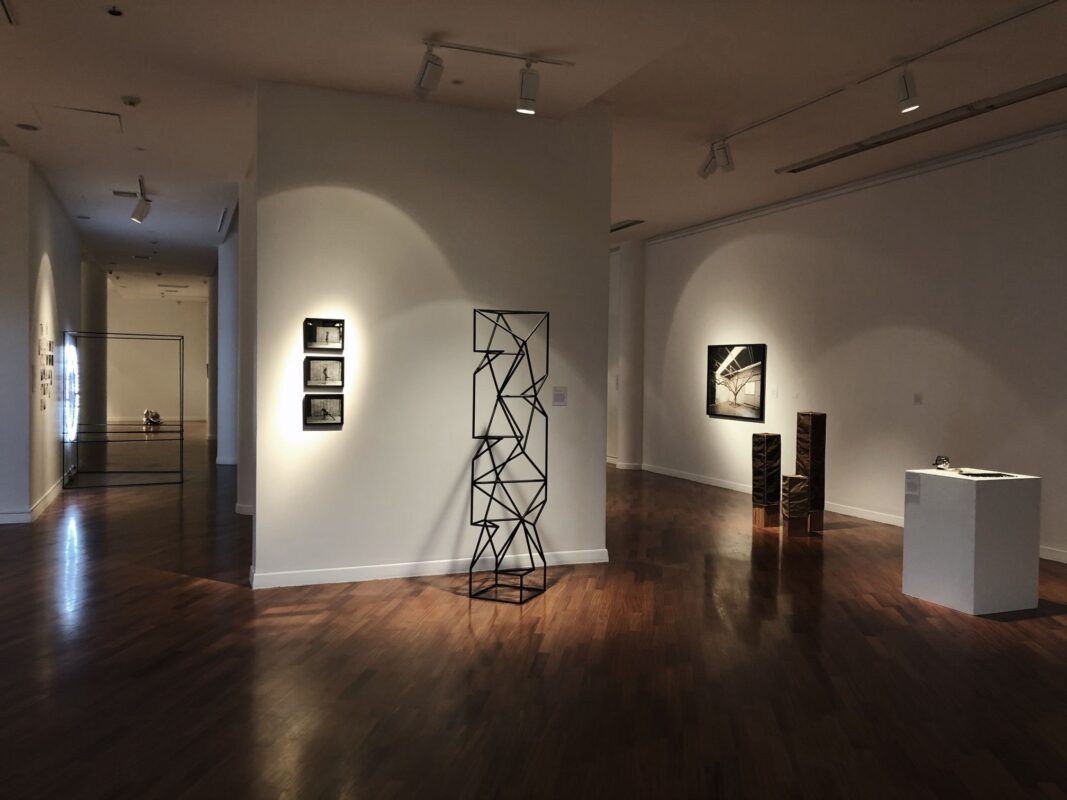
LATINNESS: Sounds very complicated.
ALDO: My pieces can be interpreted in a way that lets you analyze the processes and understand its depth, but at the same time it’s a very beautiful object you can hang on the wall and which decorates fabulously. That, for certain people, is the devil himself. As soon as I began to realize the mark that I was leaving on the local scene, I did what a friend always advised: the best way to confront someone who doesn’t like you is with a smile. Nothing unnerves them more. That’s what I do.
LATINNESS: That’s great advice!
ALDO: We are here for such a short time to be spending your energy fighting and arguing with other people. We are all guided by our personal taste, it’s the most basic way of approaching reality. It’s almost instinctive. We do it in order to understand our surroundings and classify things in a very primary way: “I like this” and “I don’t like this”. But it’s so relative. What you like, I may not like. It depends on your context, your preferences, your education, your experiences. So we can’t necessarily trust taste.
That is why I no longer judge the work of other artists. The only criterion by which I judge art is the honesty of the artist, because that, for better or for worse, you cannot hide. Many believe that by mixing information we won’t realize who is copying and who they are quoting, but everything is seen in a work of art. You can observe it, and, if you have enough background, understand which person is behind it. Are you being honest? What difference does it make if the play is horrible? If it is and also sells, and with that money the artist supports their family and keeps their partner and children happy, then bravo, that is a great artist to me, a person who is worthwhile.
So, as my criteria are not based on whether I like it or not, or whether I should accept it or not, I’ve been able to approach the medium with another attitude. It has been much easier and cheaper too, because the art world is hyper-hostile and hyper-competitive.
LATINNESS: I’d argue it’s worse than fashion, don’t you think?
ALDO: Yes it can be, although they give it to them, right? (laughs)
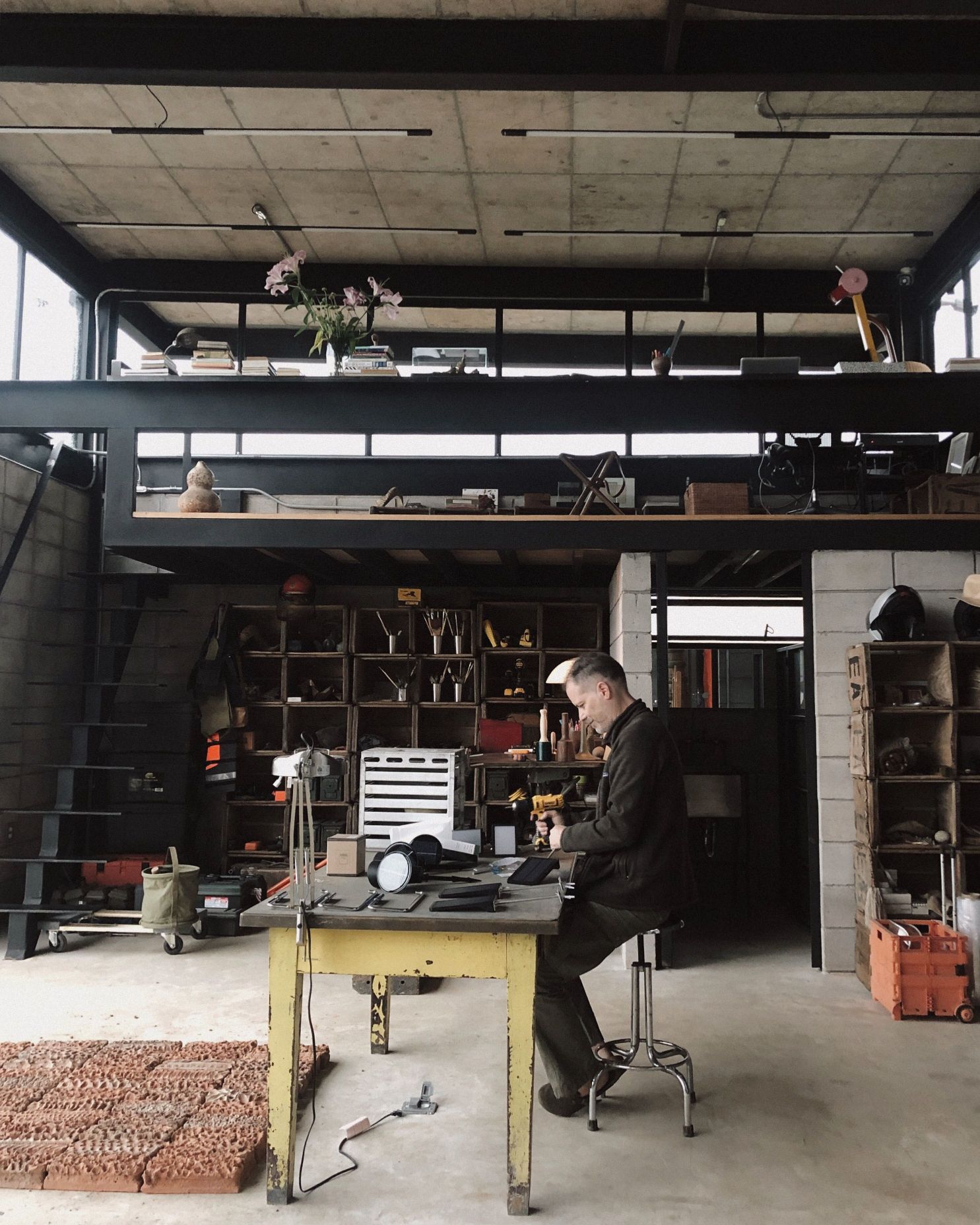
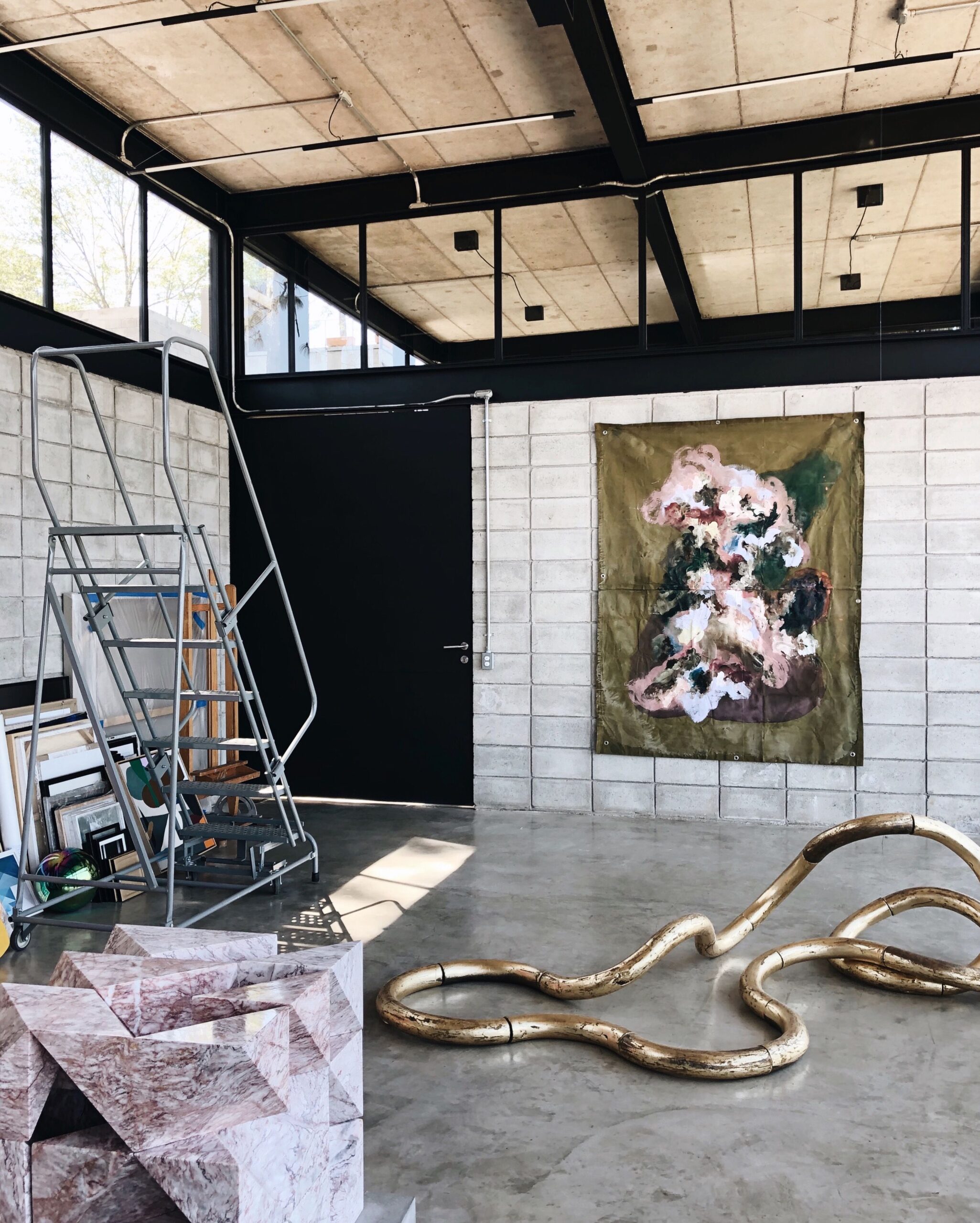
LATINNESS: Aldo, you are a versatile artist. What’s it like for you to move from one discipline to another? Tell us about your creative process.
ALDO: It all stems from curiosity, but now that I think about it, a teacher told me a phrase that completely changed my perception of things: when you master a technique, you should abandon it. For a teacher to tell you that is super impactful, but she had a reason: when you learn a technique, you improvise and because of this, you live in the present. Your head and body are in tune, trying to understand how to master oil, charcoal or sculpture. According to her, what follows afterwards is mannerism, because it’s your hands that learned to do the job. It’s like driving: at first you are very aware of the clutch and the gears, but after a while your head is on something else and your body resolves.
My teacher used to say that works of art lose that vital quality that they have when you are learning. That is why, when I feel I’ve mastered one technique, I immediately move on to another. What I used to think could be shameful, like getting involved, for example, in music and putting out crap, became something valuable to me; an experimentation, a crude thing.
If you struggle to dominate the medium, the medium struggles to maintain its original shape; this gives the work a vital element. Hence, I’ve always liked to go from one thing to another. Like everything else, we get bored very easily and very quickly.
LATINNESS: You are very active on Instagram and we saw there that you have new projects. Tell us about what you’re working on now.
ALDO: Well, at my studio in Mexico we are 15 people; in Lima there are 4; in Madrid, 2 and in Los Angeles, 2. Which is why I had to learn something that many artists do not do, which is to have a divided head; a kind of businessman, manager and creative. In the art world it’s a figure that can look bad.
But I do it for myself, and to resolve those moments when a gallery will tell me: “Hey, Aldo, we’re going to do an exhibition for you at the end of next year.” By the end of next year I’ve finished five exhibitions.
That’s why I decided to open a gallery space in my studio. At the beginning I presented my things, but then I realized it was boring to come to my studio and see only my work. So we started doing exhibitions with other artists and working with different curators. The sales are very bad because I’m not interested in having a formal gallery. It’s more of an exhibition space. We’ve had super artists and super exhibitions.
If at some point I wanted to apply to a fair or become a gallery, I have more experience than many in the city. One of the projects that amuses me and was actually born from this gallery– is the studio window overlooking the street. We invited a curator and exhibited pieces that can only be seen from the street.
I love it because I’ve always felt that the art world is a kind of elite that only receives those who handle information from the same elite, right? So what about all the people who feel a little scared or intimidated? Because entering a gallery is something that many people must struggle with. Also entering a museum and paying to go to a place where you have no idea what’s happening, because art is like religion, right? The information is so closed off that if you don’t know it, you get lost.
I did this project to give a little art to the people who pass by. Then I replicated it in our Madrid studio, which is small, but it’s on the first floor. It was a commercial space, so it has a storefront window. In it we hold exhibitions and we have a curator who thinks about the people who pass by. We also did it in the Lima studio, and now we want to put a window in Los Angeles.
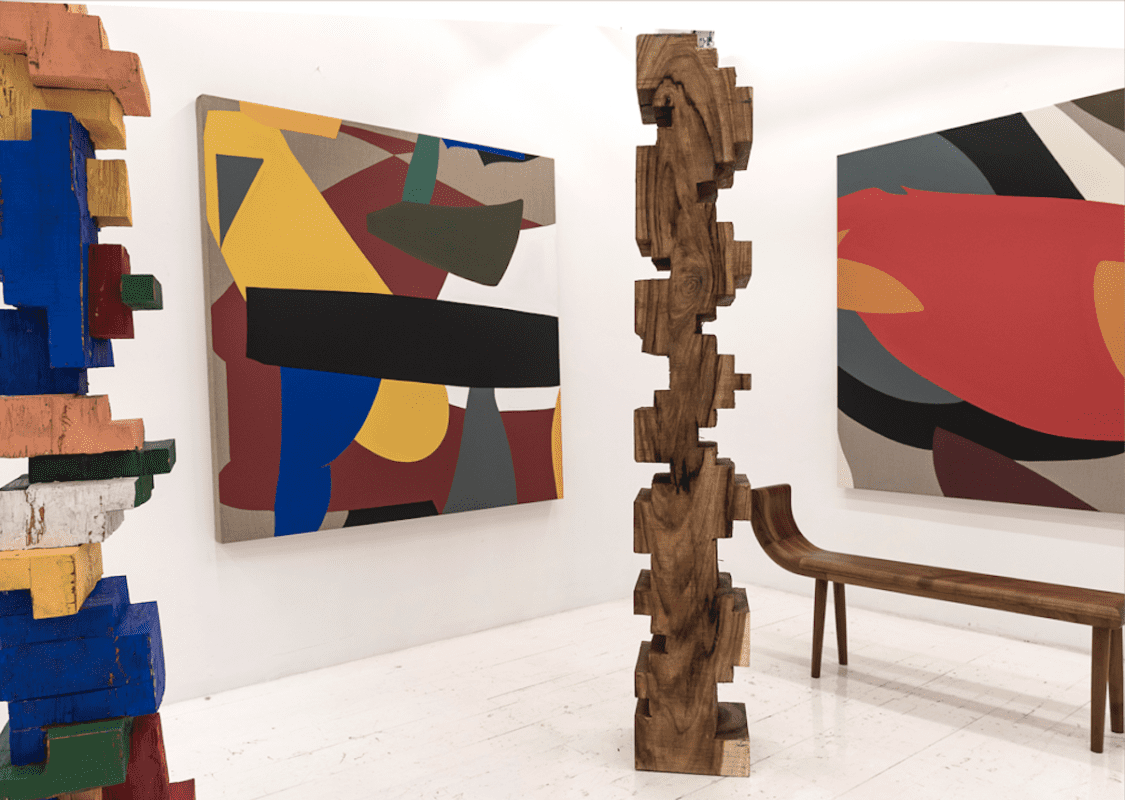
LATINNESS: We saw your spectacular home in Valle del Bravo. How important are the spaces for you when creating?
ALDO: They are vital. My friends often make fun of me; They say that I just open studios to decorate them. Actually, what I’ve always wanted is to decorate. Fernanda is the same or worse than me.
The house is in Valle de Bravo, because for a long time I rented a place there. I didn’t want to buy anywhere else, and after a lot of begging and asking other owners in the area, they finally sold me a piece of land. The architect was Andros Díaz, who is someone with whom I’ve worked with on many projects. He helps me with sculptures, we did the remodeling of the Mexico studio together and he understands me very well. He is hyper-austere and hyper-masculine in his decisions, concrete, iron. The block is apparent, it has no finishes, the bathroom faucets are industrial and made of copper.
We knew that the beautiful counterpoint of the house would be seen once we added our trinkets. We have things from a mix of ethnicities from all over, collections of objects from India, rags, items that would work very well within a more austere and minimalist context.
But the part of the house that’s most exciting to us is the garden, which is a project by Ana Paula Lavín and Jaime Castello. It’s based on the gardens of the French Piet Oudolf, which are wild, as if the forest had grown, or like the English, which are naturally like that. There were no seeds or plants in the nurseries for what we wanted. We had to go to the mountains to get them so we could plant them. The most beautiful thing is that at different times, it has something to offer, because not everything necessarily blooms in summer; in fact, in winter it shows a different aspect. And so that, the garden and sowing, has become, especially now in quarantine, our hobby.
LATINNESS: Especially that idea of reconnecting with nature.
ALDO: Absolutely. And we have a lot of animals; a wild “animal farm”: turtles, fish, cockatoos, ferrets, dogs, cats, frogs.


LATINNESS: Previously you mentioned your years as a teacher. If today you had to teach a class to future artists, what would be the most important topics to address at this time?
ALDO: All of us graduated knowing how to draw after studying art. But the first time I had to file a tax return, I had no idea what the next step was. How do you manage a studio? How do you make money?
The problem with young people is not what they need to learn, but the bad habits they have learned. My classes would be something like: unlearn one, unlearn two and unlearn three, because, for example, they arrive thinking that the gallery is going to be their salvation, that they do not need to know anything about business because, if they are talented enough, they only have to paint and once a month the check arrives. I don’t know, perhaps that exists, it hasn’t happened to me. It must be great, but I had another experience.
On the other hand, younger generations are obsessed with trying to understand what content in art means. They work hard in allocating arguments to an artwork in the aftermath. They do the artwork and then add some interesting-sounding content into it to try to give it an importance that is not needed. In the real world of art, no one asks you to justify your work with a social, personal or emotional conflict. It would be necessary to understand, then, what it is.
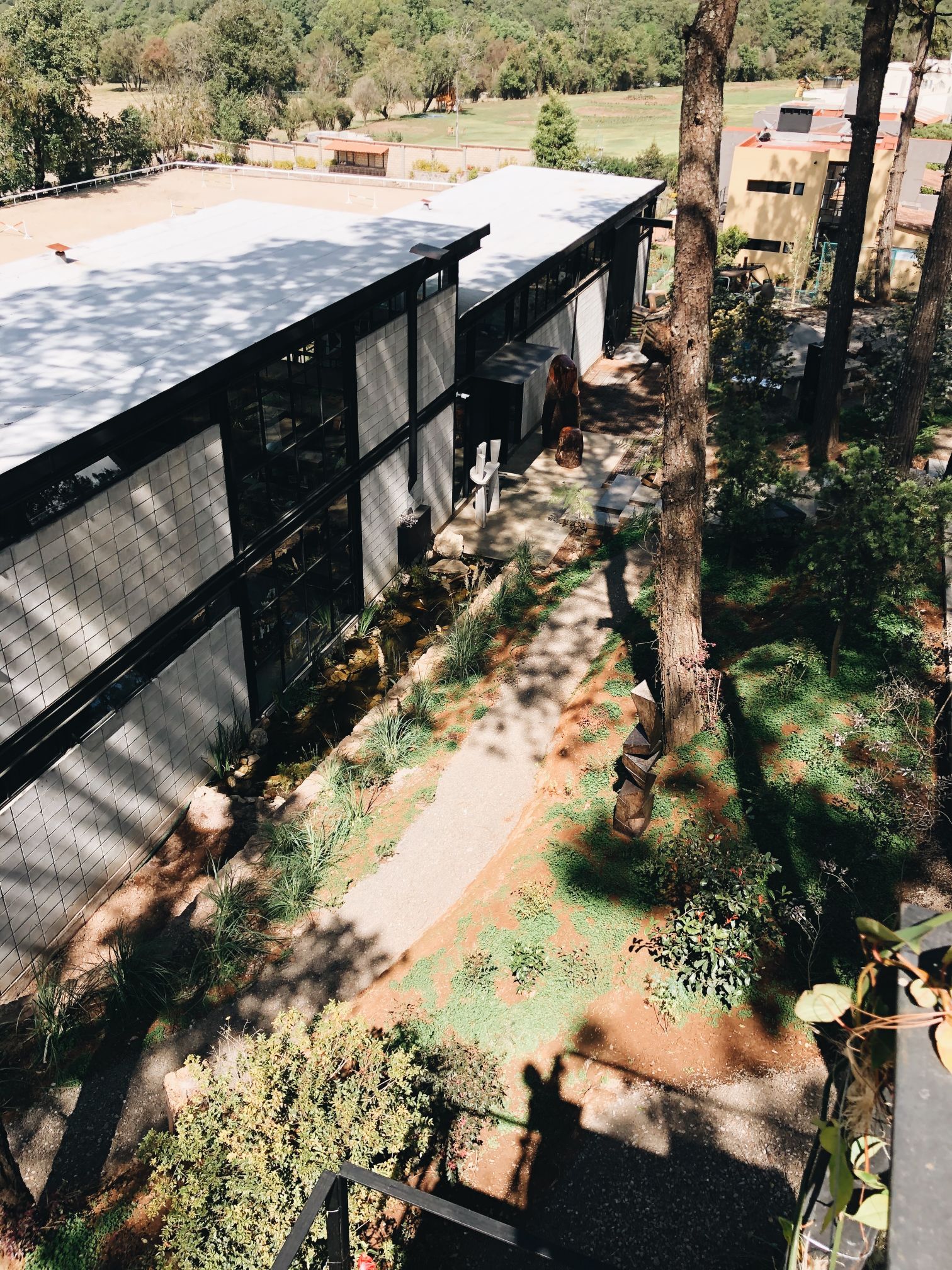
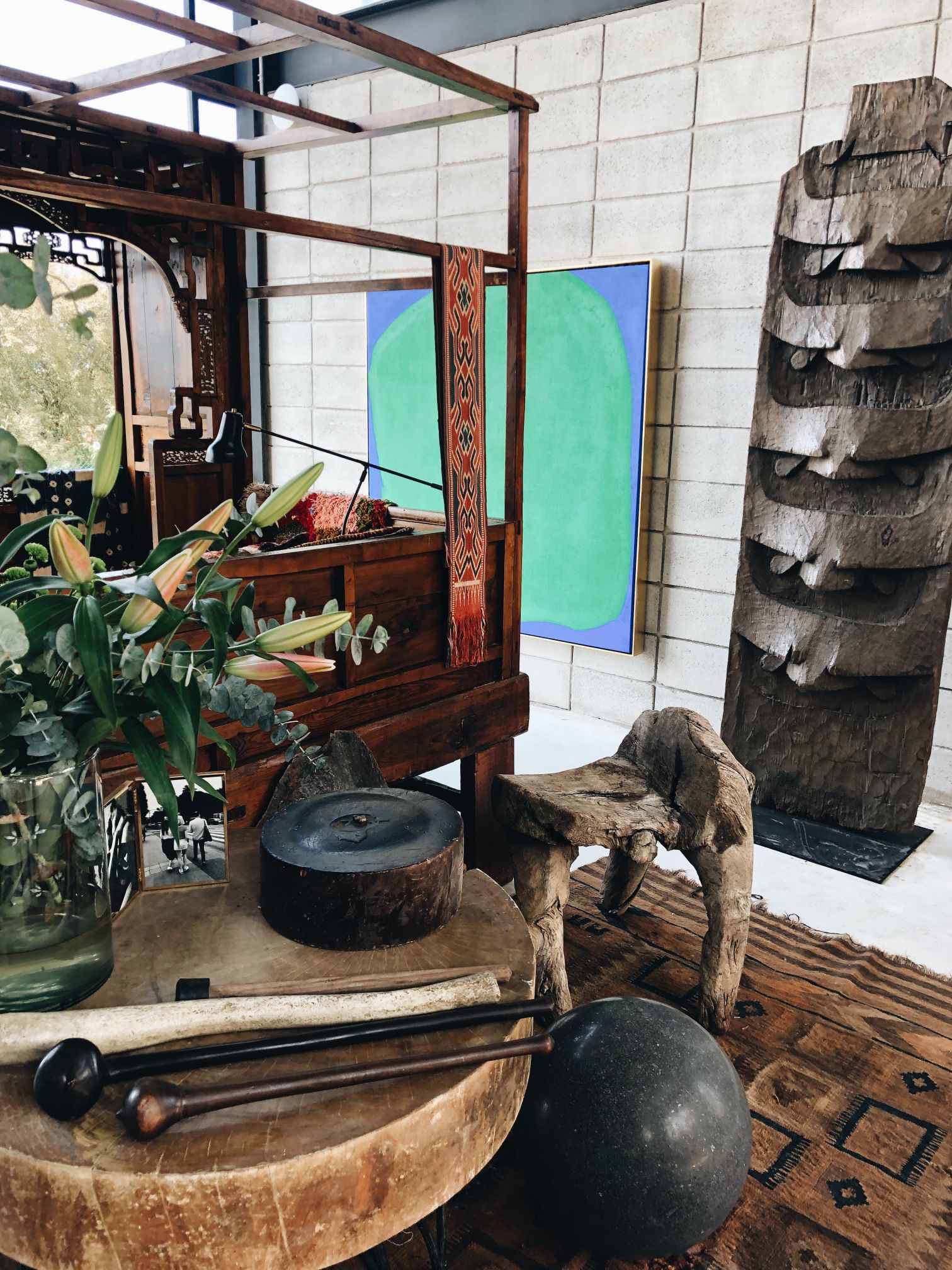
LATINNESS: That honesty, which we spoke about a little while ago.
ALDO: That’s right, the art world has become contaminated with pretensions, so it’s the young people who find it more difficult, because they arrive with zero understanding of the rules. For them it’s a kind of mystery what really happens in the professional world. But, in reality, it’s not complicated at all.
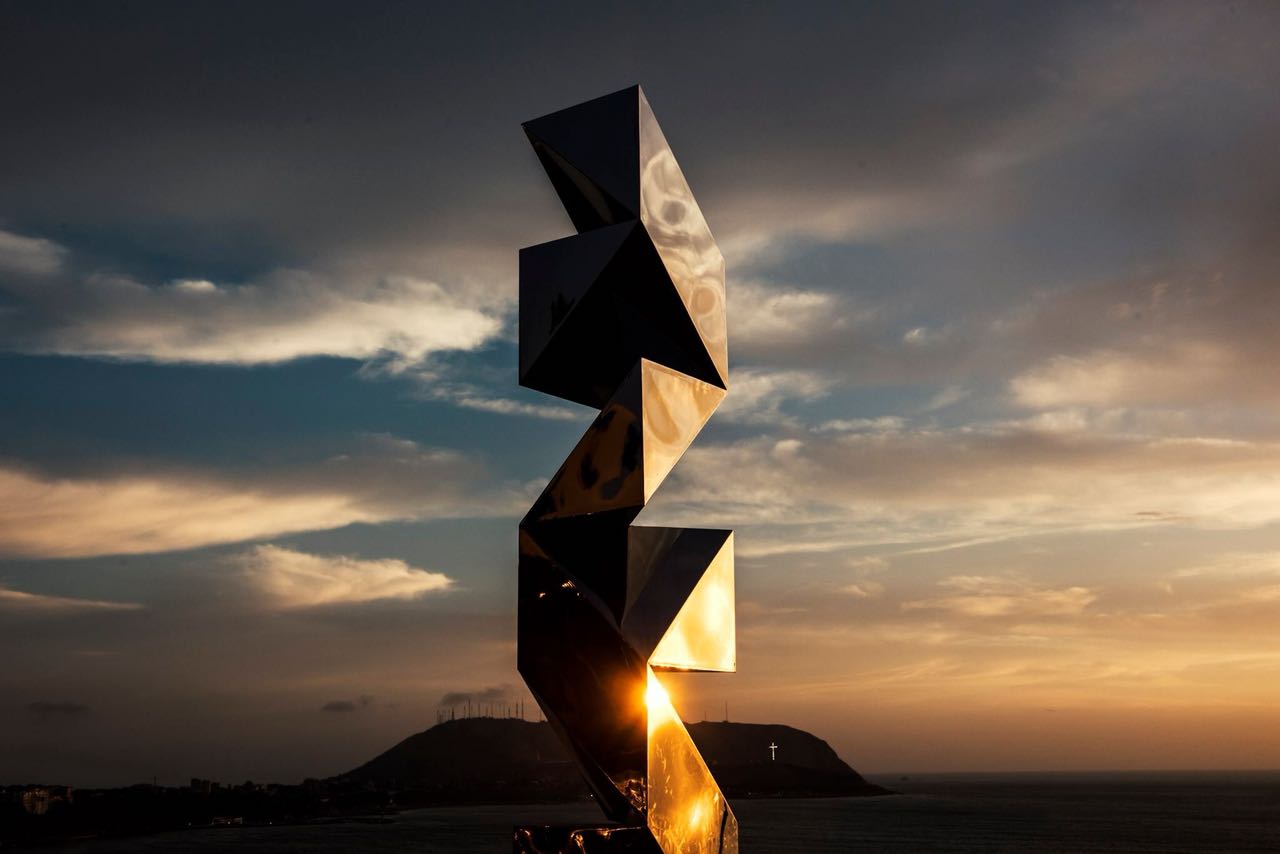
LATINNESS: And do you have any dreams you’ve yet to fulfill?
ALDO: Now, I have dreams based on some pieces and the philosophy behind the gallery window that overlooks the street. All my energy and my projects are focused on creating as much public work as possible, because it’s the best way for people to enjoy art. Once you put a sculpture on the street, people start to identify with it. Even if you don’t understand it, you see it, you live with it, and in some way, will be influenced by it through persistence and coexistence.
I like, for example, when people give public sculptures nicknames. “See you there at the Red Bird.” This means that it’s become part of your life. That’s what I’m doing now.
I have two projects here in Mexico that I hope will work out. Also a large one in Lima and a piece that we’re going to put in Taxco. I’m seeking these places; I handle the piece, I donate it. Public art is not good business, unless you are (Claes) Oldenburg or Sebastian, because you do not charge proportional to size. I know it’s not going to be a business for me, but that’s what I want, that’s my dream.
In Lima I have a piece that we put on the boardwalk last year. When I was little, there was a place where we all got together to watch the sunset and I managed to convince the mayor to install a sculpture right there.
LATINNESS: Wonderful for future generations!
ALDO: That’s my idea a bit and it’s what I’m focused on.

